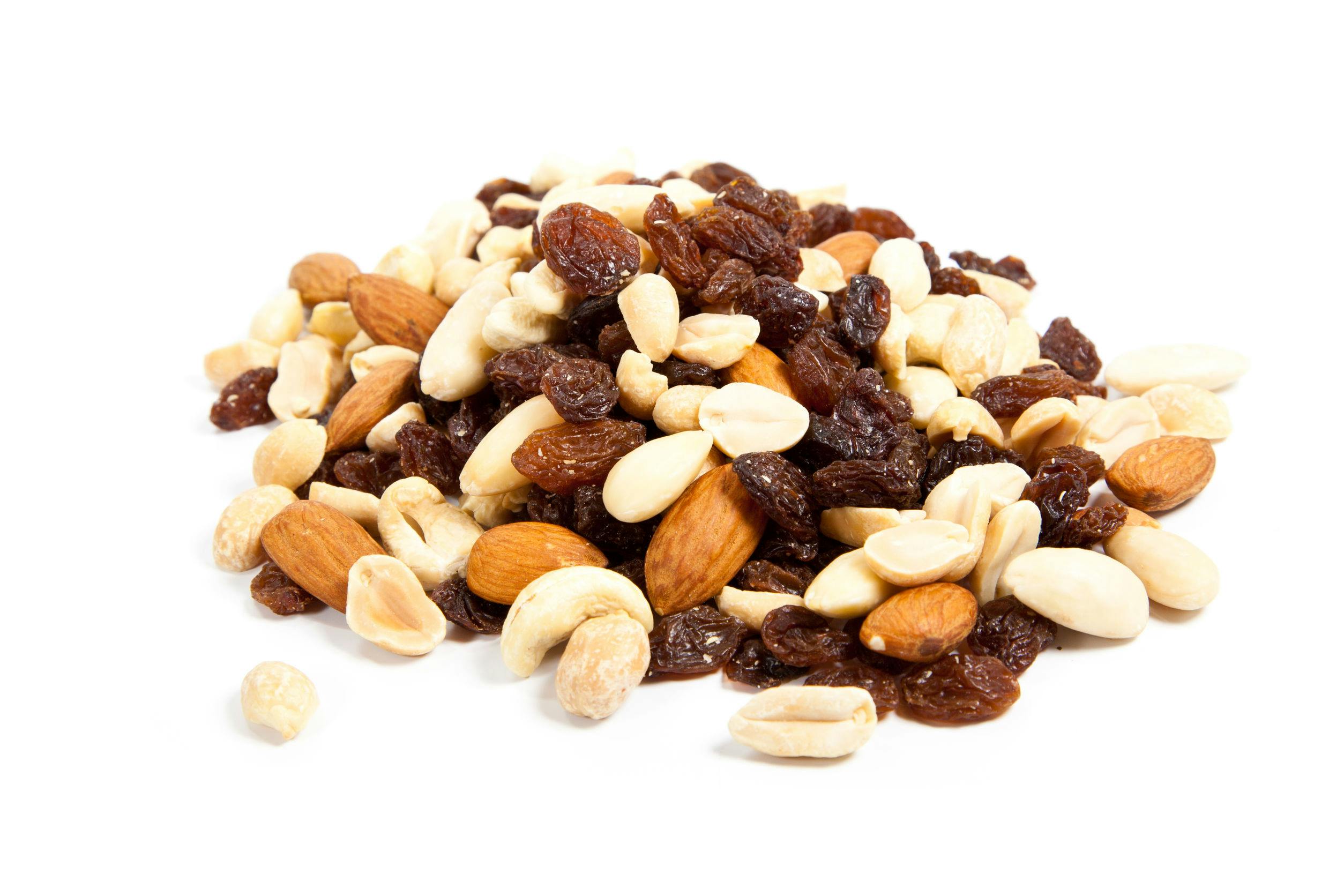When it comes to planning your trip food, a basic understanding of nutrition goes a long way
When it comes to pre-tramp food prep, I’m more of an aimless aisle wanderer than a calculated consumer.
I’m clueless on calories, poorly-informed on proteins, and my trail mix tends to be 80 per cent gummy bears. And though I rarely go hungry on tramps and often overpack in the food department, with a bit of fine tuning I should be able to get more for less.
Know your needs
A basic understanding of nutrition goes a long way to keeping you energised and well fed on a tramp, as well as giving you direction in the supermarket.
“The key thing is to have a combination of carbohydrates, proteins and fats,” says Mission Nutrition dietician Jessica Moulds.
“Carbs give us the energy, which is most important, but eating proteins and fats throughout the day will keep us satisfied and prevent us from getting hungry.”
Found readily in tramping staples like fruit, pasta, grains and sweets, carbohydrates are easy to pack for a tramp, but proteins – commonly sourced at home with meat, fish, eggs and dairy – can be harder to supplement.
Moulds recommends adding beans and lentils to meals, or mixing water with milk or protein powder to increase protein intake in the backcountry without adding much weight.
Grant MacDonald, consulting food scientist for Absolute Wilderness, recommends eating small amounts often throughout the day to stay energised.
“You need the calories,” he says, adding that staying properly hydrated is just as important as food nutrition: “Your ability to do physical exercise will reduce dramatically with only a small decrease in moisture loss through exertion.
You have to drink plenty, but water on its own isn’t sufficient. You should be taking salt-replacing fluids and isotonic drinks, especially in summer.”
Stocking sweets
Trampers love sugary treats. As well as providing a delicious source of carbs, they’re a huge morale booster.
Foods like fruit, honey and dates can provide natural sugar content and higher nutritional value than gummy bears, but moderation is key.
“Frooze balls, energy bars and muesli bars are good as they feel like treat foods but they have a bit more nutritional value,”says Moulds. “But there is nothing wrong with eating chocolate – as long as it’s not all you’re having.”
Tailor your trail mix
Trail mix, or scroggin, is the tried and true staple expedition food, but what is the correct ratio of nuts, fruit and sweets? Fewer fruits and more nuts, is Moulds’ recommendation.
“Fruit all have their own different vitamin and mineral profiles, but from an energy perspective, they’re all quite similar, so get what you enjoy,” she says. “Adding more nuts to the mix will balance out the fat and protein.”
And if too much dried fruit upsets your stomach, try adding more balance and flavour with seeds and coconut flakes.
Opting for fresh fruit for the first few days of the walk can help reduce flavour fatigue, and canned fruit or baby food can be another alternative.
“Baby food pouches work really well – you get at least one serve of fruit in a pouch, and some come with custard so you get a bit of protein in there. It’s a nice treat, and you can squeeze it over cereal or porridge.”
Make it a habit
Tramping nutrition doesn’t start when you lace your boots, Moulds says – it starts at home.
“When it comes to performance, it’s what you do all the time, not some of time, that makes a difference.”
And the same applies for your post-tramp food binge, Moulds says.
“Go and enjoy the burger or whatever it is you feel like, but get straight back into healthy habits, so your body recovers from what was a demanding few days.”
Nutrition tips to try
Fresh vegetables are a great addition to your meal, but most are short on carbohydrates. In terms of energy, potato, kumura, pumpkin and corn are your best bets.
Bananas are a good energy source packed with potassium, but they often end up squashed. Try banana chips as an alternative.
Electrolytes are an important part of your body’s recovery. Bring them along in pill or powder form to give your body a boost.








